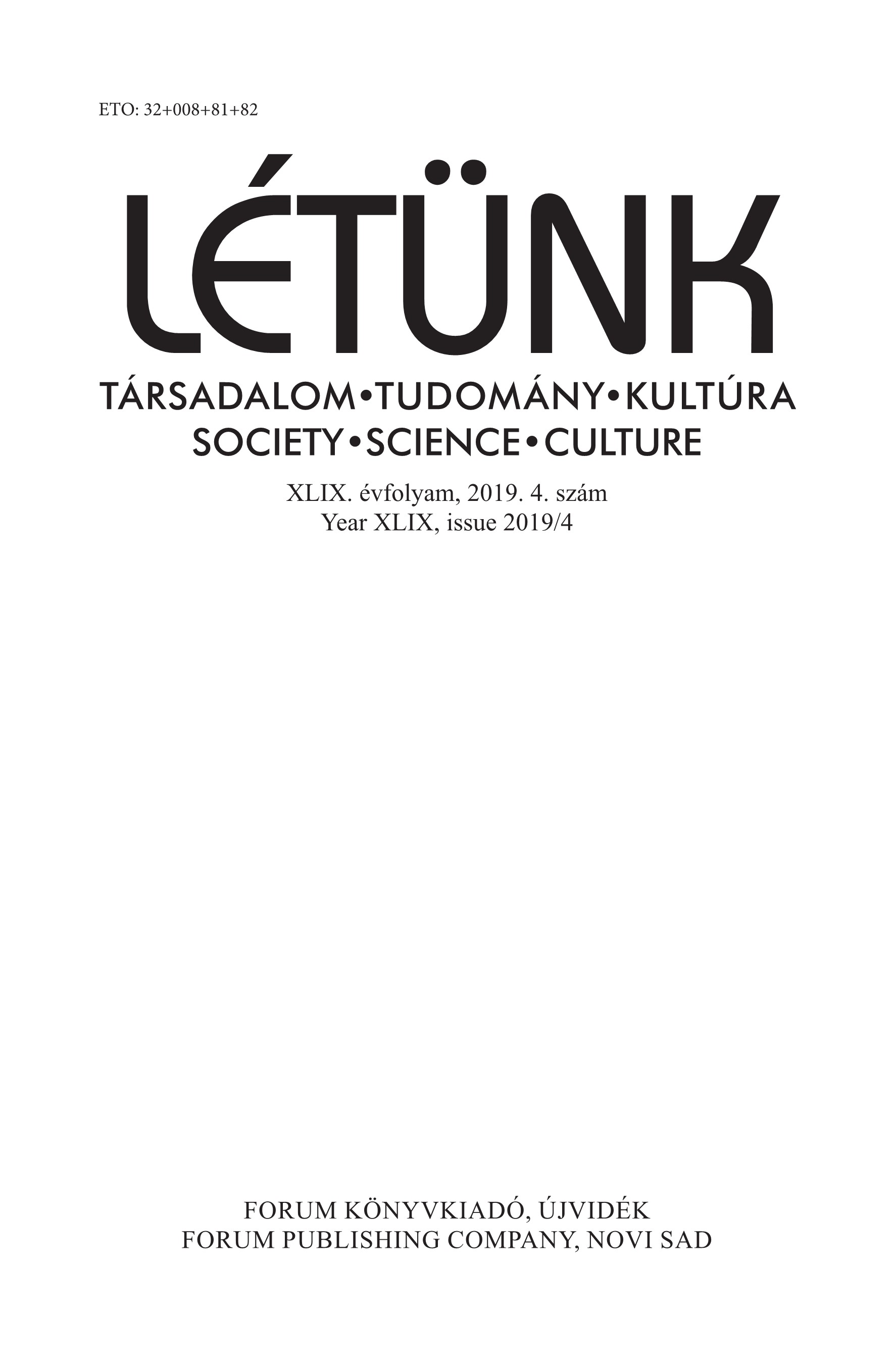A hit- és a hiedelemvilág régészeti lenyomata a Kárpát-medence nyugati felében élő germán népek területén (Kr. u. 6. század)
Archeological traces of the religion and the belief of German peoples in the western part of the Carpathian Basin (6th century AD)
Author(s): Rita RáczSubject(s): Archaeology, Cultural history, 6th to 12th Centuries
Published by: Fórum Könyvkiadó Intézet
Keywords: religion; amulett; german women’s costume; amulets as necklaces; pendant-belt amulets; zoolite type of amulets; metal amulets
Summary/Abstract: The topic of my research is the archaeological examination of the religion and the beliefs of the Lombard population in the 6th century AD, in the western part of the Carpathian Basin, which was the former province of Pannonia. My main purpose was to identify and collect the amulet types. I have collected the finds from twenty-four cemeteries, including two hundred thirty-four women and children graves of Western Hungary and Northeast Austria. Although they were probably baptized in the 6th century, their amulets show the existence of pagan habits. These pagan amulets are usually worn as necklaces, or on their pendant-belts, but there are some types which are found in their bags hanging on their belt. Among the necklaces, there is a special amulet type, called bracteat. These bracteats are one-sided gold or silver coins with attached loops. On their upper side, the gods and figures of the Scandinavian mythology were depicted. To determine the function of the finds which are located on the pendant-belt was not easy, because they might have been worn for representational purposes, and they also might have had only practical function. In addition, they might have had personal content. In my research, I have collected those object types that admittedly had apotropaic character based on the opinion the archaeology of the Merovingian period and the written sources. I formed four groups of amulet types. The pearls which might have had apotropaic character due to their material belong to the first group. The second group contains the metal amulets. The zoolite type of amulets are collected in the third group and the last group consists of the finds from ancient times. I tried to determine which age-category used the mentioned object types the most.
Journal: Létünk
- Issue Year: XLIX/2019
- Issue No: 4
- Page Range: 109-125
- Page Count: 17
- Language: Hungarian

